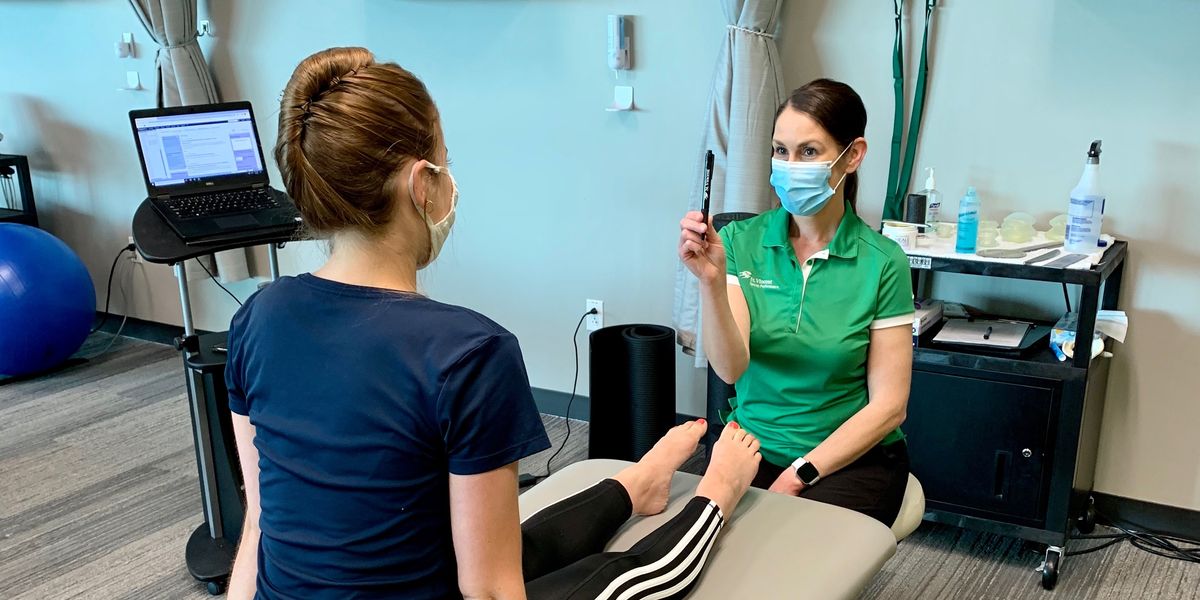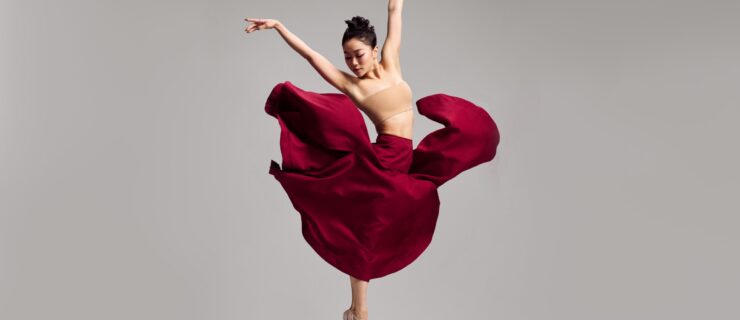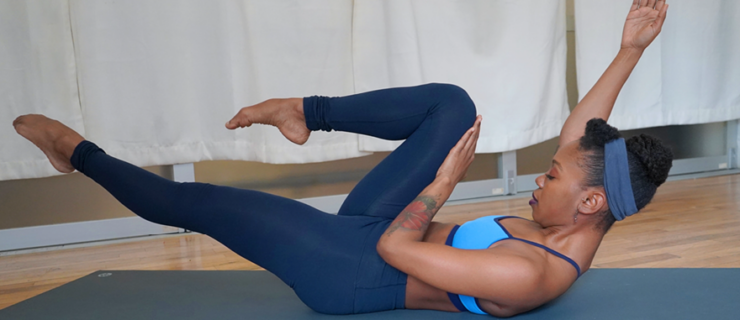Concussions Are More Than a Bump on the Head. Here's What Dancers Need to Know
Your partner accidentally drops you during a lift. You collide head-on with another dancer in rehearsal. Or you’re hit in the face while you’re spotting a turn. Even if you didn’t lose consciousness, you may have a concussion, which can occur from a direct blow to the head or rotary force of the brain moving excessively or striking the skull.
As a dancer, your first instinct may be to keep going, but you shouldn’t, says physical therapist and athletic trainer Carrie Gaerte, PT, DPT, ATC, who works with Butler University in Indianapolis and at Ascension St. Vincent Sports Performance. “What’s really hard for dancers is admitting that maybe something isn’t right,” she says. “But the big thing about concussions is that your brain is not like your ankle, shoulder or knee. When your brain has an injury, that needs to take precedence over a role or a job.”
If You Think You’ve Had a Concussion
“If you have a dramatic fall, hit your head and lose consciousness, that’s an automatic 911 call,” says Gaerte. Sometimes, though, a dancer might run into someone and jostle their head, but they feel fine completing rehearsal. It might not be until that next day or later that they notice any symptoms (see below). “That’s when you call your sports medicine physician,” she says, stressing that a general practitioner might not understand ballet’s athleticism enough to suspect a concussion.
Following any impact, a dancer should spend about 48 to 72 hours (or until they are further evaluated by a sports medicine physician) in relative rest—meaning that you shouldn’t dance, though the old advice about not falling asleep after a concussion doesn’t typically apply to these types of sports-related head injuries.
When you speak with the physician, be very specific. Use language like “I think I may have sustained a concussion,” advises Gaerte. Detail when and how you think it happened and any symptoms you’re experiencing. “They will get a sense of your situation quickly, and there won’t be as much of a delay in the start of rehab.”

Symptoms
A concussion isn’t always evident when it happens, so monitoring your symptoms is crucial. The most common symptom is a headache, as well as dizziness, feeling foggy, blurred or double vision, or balance problems. Less common symptoms include memory dysfunction, sensitivity to light, fatigue or trouble concentrating.
Collegiate or high-school level dancers may notice the impact in their academic classes. “Sometimes they’ll say that they can’t pay attention, they feel very tired, their homework takes longer to do, or they have difficulty studying or taking notes,” says Gaerte. Even if a collision seemed uneventful, these symptoms signal that you should seek treatment.
Diagnosis
Gaerte emphasizes that there is no single test to diagnose a concussion. A physician or athletic trainer may administer some of the following based on your symptoms: vestibular (balance) tests; oculomotor tests, which monitor your eye movements; cervical (neck) tests; or emotional tests, evaluating your moods.
One popular method in the sports world is ImPACT testing, which Gaerte hopes to implement with dancers at Butler. Athletes take a series of computer tests that evaluate neurocognitive function at the beginning of a season to establish a baseline. If a concussion is suspected, they can retake the tests to see where their deficits are and, later, how they’ve improved, says Gaerte.

Treatment Varies
There is no one-size-fits-all treatment for concussions. The nature and duration of your rehabilitation depend on the injury’s severity and affected areas of the brain. A sports medicine physician will refer you to specialists who can treat your specific symptoms.
Dancers, in particular, may need to focus on neck rehabilitation. “They really need to make sure those muscles are working properly because of all the spotting and specific head movements,” says Gaerte, noting that the neck’s deep stabilizers are often impacted by a concussion. Other types of treatment may help you recoup your balance or deal with injury-related anxiety.
Returning to Dance
After rehabilitation, Gaerte, in conjunction with a physician, leads the dancer through exertional tests to see if they’re ready for a gradual return to the studio. For example, she might have them do a jumping combination or a series of chaîné turns. “Like any other injury, you don’t want to jump back in all at once. It might look like just barre for a week or two,” she says. As you progress, if you start to have familiar symptoms, you might need to take a couple steps back.
Second Impact Syndrome
If you’ve had a concussion and return to dance before you’ve healed, you’re putting yourself at risk for second impact syndrome. Having a subsequent concussion can result in life-threatening swelling of the brain. “Most dancers are very sensitive to the pressures they face, not wanting to be ‘out’ or injured,” says Gaerte. “But it’s really important for dancers to realize the gravity of a concussion.”





